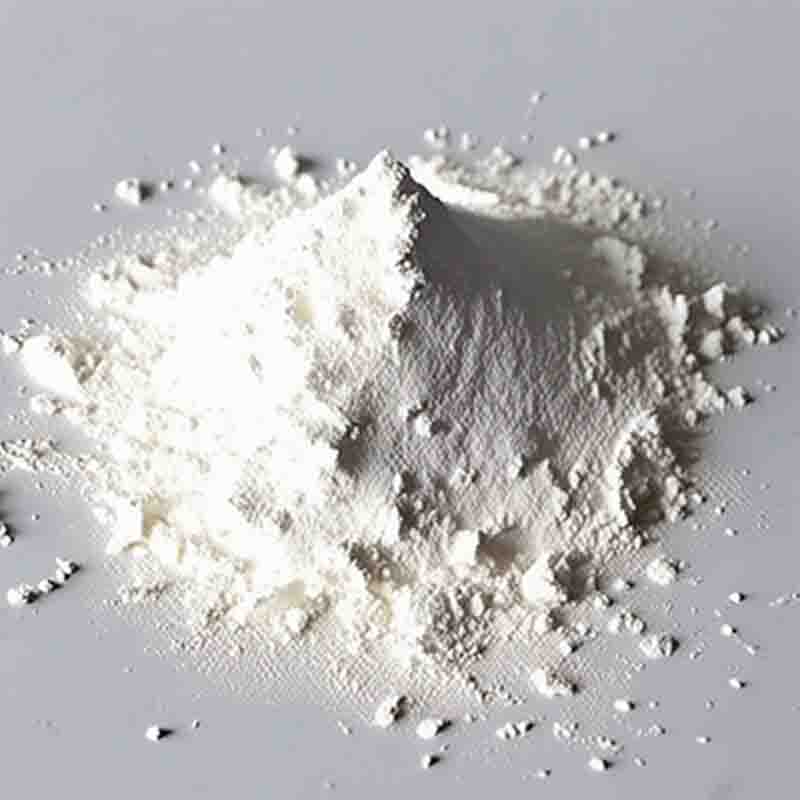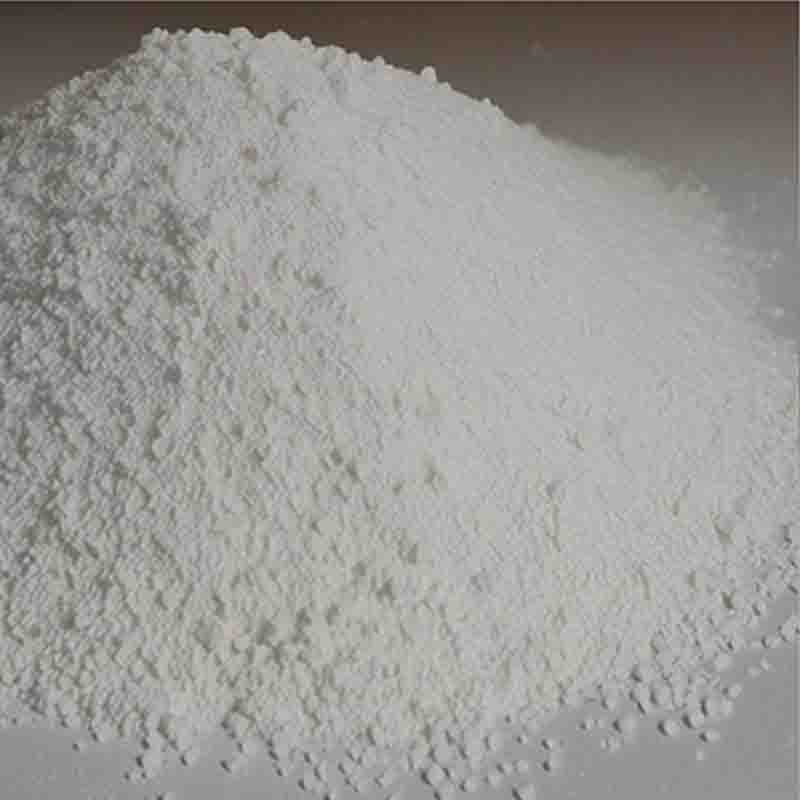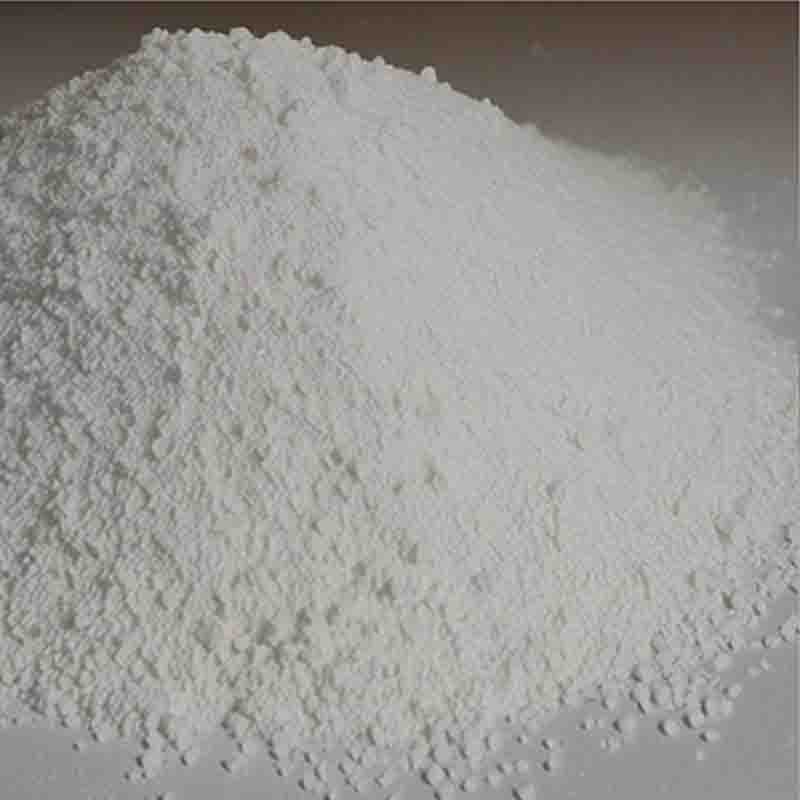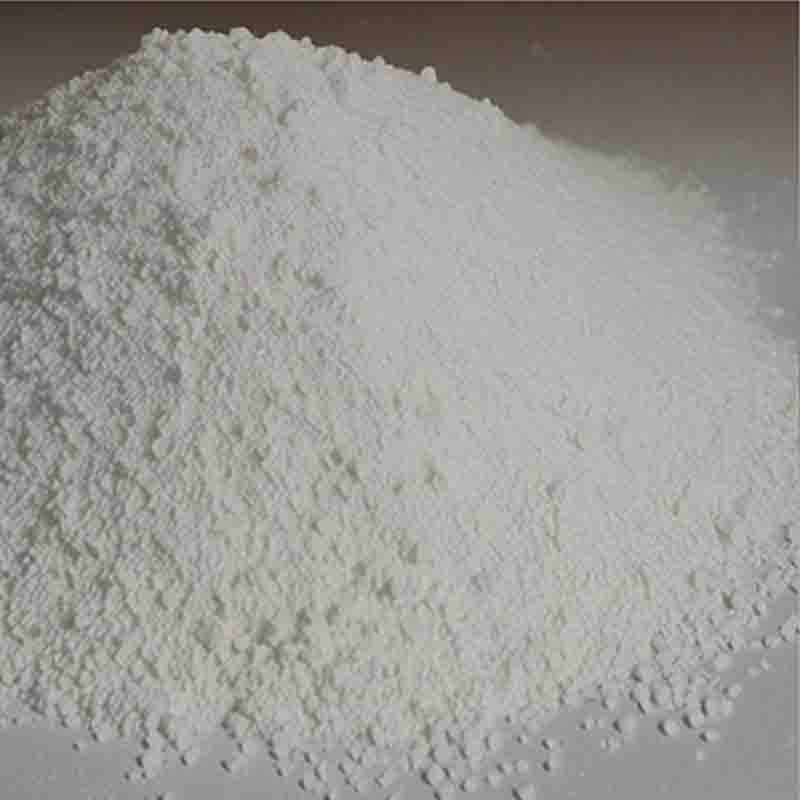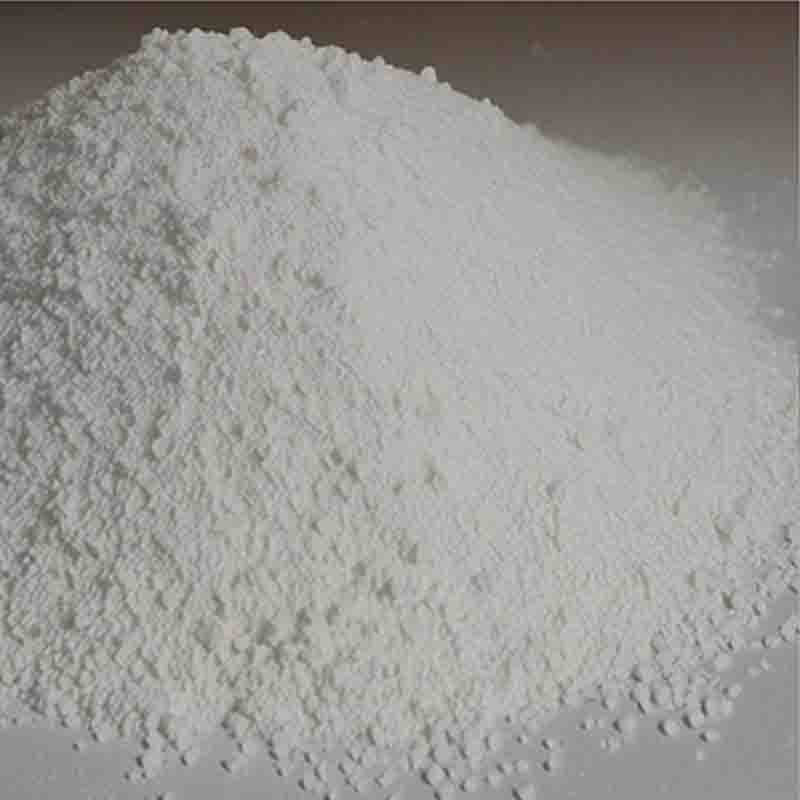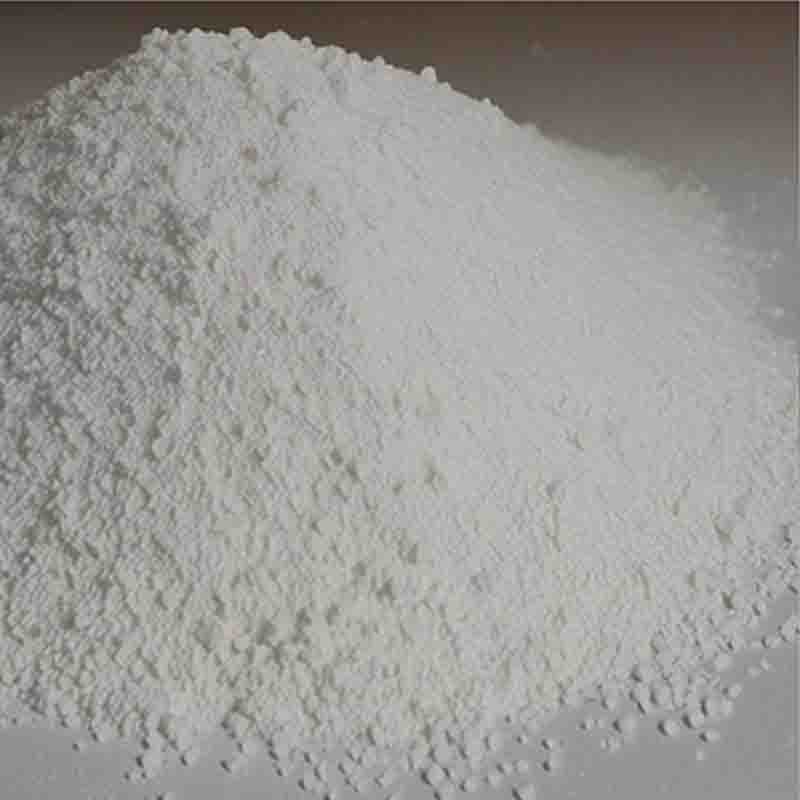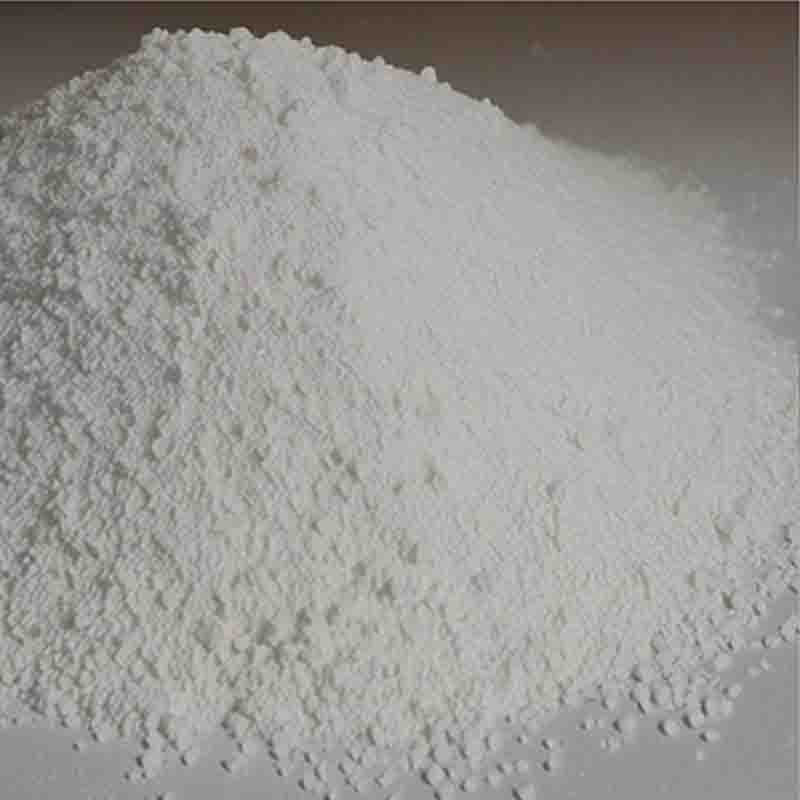Phenylmalonicacid CAS:2613-89-0
| Catalog Number | XD96047 |
| Product Name | Phenylmalonicacid |
| CAS | 2613-89-0 |
| Molecular Formula | C9H8O4 |
| Molecular Weight | 180.16 |
| Storage Details | Ambient |
Product Specification
| Appearance | White powder |
| Assay | 99% min |
Phenylmalonic acid, also known as benzene-1,3-dicarboxylic acid, is a compound that belongs to the class of aromatic dicarboxylic acids. It has several effects and applications due to its unique chemical structure and properties.One of the primary effects of phenylmalonic acid is its potential as a precursor for the synthesis of various aromatic compounds. Through various chemical reactions, phenylmalonic acid can be converted into derivatives such as phenylsuccinic acid, phenylacetic acid, and other related compounds. These derivatives find applications in the synthesis of pharmaceuticals, agrochemicals, dyes, and other fine chemicals.Phenylmalonic acid also has potential biological activity. Some studies have shown that phenylmalonic acid exhibits antimicrobial properties, inhibiting the growth of certain bacteria and fungi. This suggests that phenylmalonic acid and its derivatives may have potential applications as antimicrobial agents or as ingredients in antibacterial or antifungal formulations.Additionally, phenylmalonic acid can serve as a building block for the synthesis of various polymers and materials. By incorporating phenylmalonic acid or its derivatives into polymerization reactions, it is possible to obtain polymers with modified properties, such as enhanced thermal stability, improved mechanical strength, or increased hydrophobicity. These modified polymers find applications in various industries, including coatings, adhesives, and engineering plastics.Another effect of phenylmalonic acid is its chelating ability. The carboxylic acid groups in phenylmalonic acid can form stable complexes with metal ions, acting as chelating agents. This property makes phenylmalonic acid suitable for use in metal extraction, metal recovery, and metal ion sensing applications.Furthermore, phenylmalonic acid derivatives may have potential as pharmaceutical intermediates or active pharmaceutical ingredients. Some research has explored the potential of phenylmalonic acid derivatives for use in the development of drugs for various therapeutic indications, such as anti-inflammatory, analgesic, or antitumor agents. These derivatives can be designed to target specific biological pathways or molecular targets, enhancing the efficacy and specificity of the resulting drugs.Overall, phenylmalonic acid and its derivatives have a wide range of effects and applications in various fields, including organic synthesis, materials science, antimicrobial activity, metal chelation, and pharmaceutical development. However, it is important to note that further research and evaluation are needed to fully understand and harness the potential of phenylmalonic acid and its derivatives in these applications.


